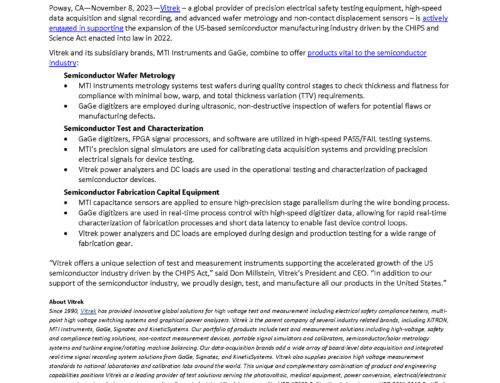There are two main types of aircraft vibrations: normal and abnormal. Normal vibrations regularly occur when an airplane is in flight and during takeoff and landing. These oscillating or reciprocating motions do not indicate potential defects with the aircraft or its engines and can be explained by routine operations such as flying through turbulence or extending or retracting the landing gear. With abnormal vibrations, a mechanical defect or condition is to blame. If this is not corrected, further damage and even catastrophic failure may occur.
What are the causes of aircraft vibrations?
The causes of aircraft vibrations include:
- engine imbalances
- malfunctioning mechanical systems
- airflow disturbances over aircraft surfaces that have excessive movement or wear
- faulty components such as a cracked intake hose, a buckling spinner, or a failing cylinder
- gearbox problems and alternator issues
No matter what their cause, these types of aircraft vibrations can weaken mechanical structures and cause systems such as engines to work inefficiently.
What are the symptoms of the different types of aircraft vibrations?
Although some vibrations aboard an aircraft are normal, excessive vibrations are extreme and can be hard-to-miss. For example, pilots may report instrumentation failure at random intervals or inaccurate compass readings. Ground crews may notice fatigue cracks that are growing or damage to panels and other structures that vibrate excessively. In extreme cases, a pilot may report numbness in the arms or legs. These aren’t the only symptoms of problems, but the types of aircraft vibrations that are hard to detect are of special concern for aviation maintenance and repair organizations (AvMROs).
How do flight crews and AvMROs detect vibration-related problems?
Flight crews and passengers typically detect vibration-related problems through sight, sound, or feel. When an airplane is in flight, however, noise that can be heard at the back of the aircraft may not be audible in the cabin. In addition, the source of vibration-induced noise that travels through the airframe can be hard to pinpoint. That’s why ground crews use instrumentation rather than relying exclusively on their physical senses. If an engine is out-of-balance, listening for different sounds isn’t the best approach.
How do portable instruments detect the causes of aircraft vibrations?
For engine vibrations, MTI Instruments PBS-4100+ portable engine balancing system can perform a vibration analysis and support a trend monitoring program. By starting with the speed of the engine’s rotors and reading a vibration spectrum, a technician can determine if many of the different peaks fall at a harmonic speed of the main speed. During troubleshooting, this makes it significantly easier to determine the cause of vibration spikes.
To learn how to measure engine vibrations with the PBS-4100+, watch this video.


